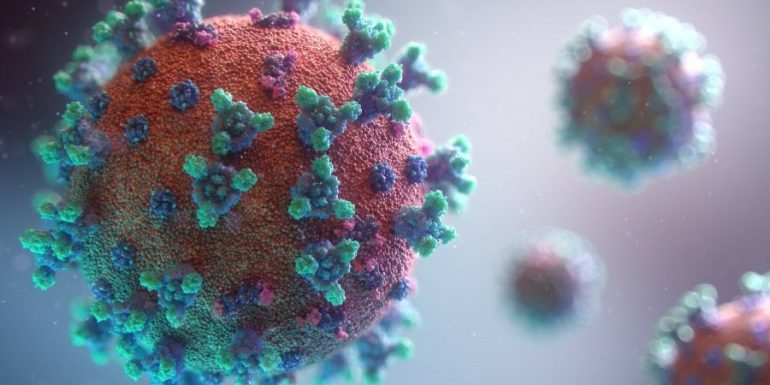Concerns over the ability of the new Omicron variant to evade natural immune protection have been raised by scientists in the first study from South Africa, which shows that the new strain is associated with a much higher rate of infection, almost three times higher than previous epidemic waves. This means, according to scientists, that Omicron's rapid spread is also due to its ability to re-infect people who had passed away. Covid-19 in the past.
South African epidemiologists at the National Institute of Communicable Diseases (NICD) report that, unlike the Beta and Delta variants, Omicron shows significant population-level potential for avoiding natural immunity after a previous infection. The study did not, however, look at whether something similar is happening with vaccine immunity or if the re-infections caused by Omicron are more severe. At first glance, existing vaccines appear to continue to provide significant protection against serious disease. Covid-19 and death.
The study, which has not yet been published, according to the Financial Times and the Guardian, was based on an analysis of the results of tests performed on November 27 in people who had been infected at least three months ago, comparing the risk. a new infection in the same person with the corresponding risk of re-infection from previous coronavirus strains. The risk of Omicron re-infection was estimated to be at least 2,4 times higher.
It is indicative that in South Africa, where Omicron was detected in November, there is an outbreak of cases and over 20% of coronavirus tests (one in five) are already positive, although this high positivity rate occurs in a country where vaccination coverage is low (only a quarter of the population and 36% of adults have been fully vaccinated).
Source: RES-EAP
